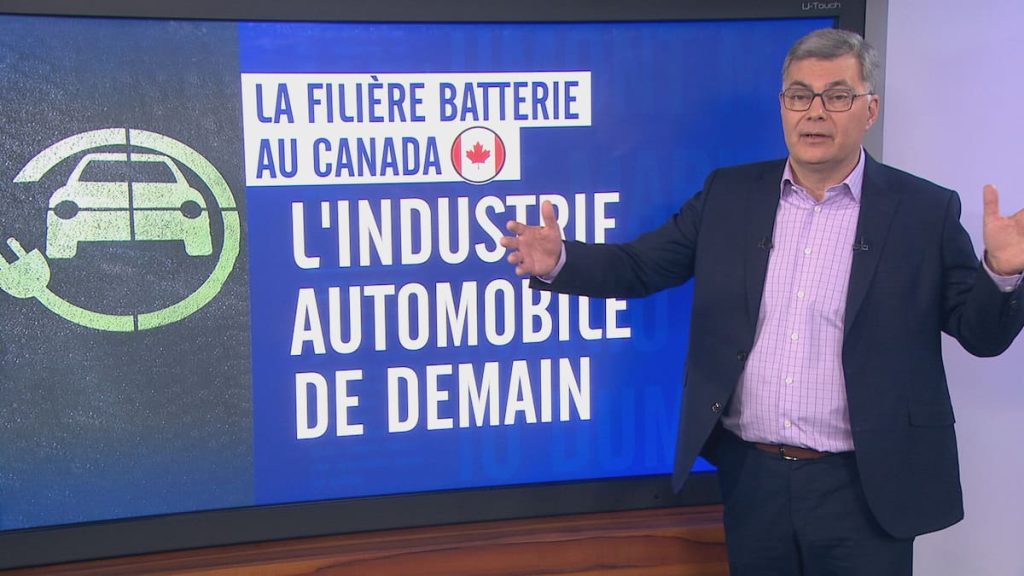
Mario Dumont studied six battery sector projects announced in Canada over the past two years for the best awards Friday morning.
• Also Read: Battery sector: Honda gets $5 billion from Ottawa and Ontario for its $15 billion mega factories
• Also Read: Quebecers lack “reflex of discovery,” accuses Pierre Fitzgibbon
• Also Read: Mega-Factory Construction: Considered Honda Beaconcore
According to the host, the announcement that Honda's major investment in Ontario will be $15 billion, $5 billion of which will be funded by public funds (2.5 billion from the federal government and 2.5 billion from the provincial government), is “almost too beautiful.”
“We shouldn't be jealous in Quebec, but of the six announcements, the one Honda announced yesterday was the most unusual,” he warned.
What makes this project unique is that it has the “most complete chain” for the construction of electric cars in terms of batteries and automobiles.
“I have heard experts say: 'This chain almost starts with lithium ore in Canada, and then we go to the road vehicle because Honda has 'automobiles'”, paraphrases the former leader of ADQ.
This 15 billion investment will be used to modernize automobile factories that will be converted for assembling electric cars as well as build new battery factories.
The project plans to create 1000 new jobs with 4200 continuing.
Northvolt is a second project developed in McMasterville and Saint-Basile-le-Grand, a suburb of Montreal, Quebec.
This time, the project will only focus on manufacturing batteries.
Investment totals $7 billion, including provincial and federal contributions of about $2.71 billion.
This amount is only for the construction of this new factory, but the government plans to invest up to 4.6 billion in production.
This is a new funding model that has appeared in US government plans in recent years.
Therefore, “if the factory operates for the first 5-6 years at the maximum rate we have planned, we will subsidize part of the production,” explained Mr. Dumont.
“We understand that because you are subsidizing part of the production you get money back immediately, but that means the factory is working and there are workers paying taxes,” the analyst noted.
***Watch a demonstration of four other projects in the video above***





More Stories
Sportswear: Lolle acquires Louis Garneau Sports
REM is still innovative enough to foot the bill
A trip to the restaurant with no regrets for these customers